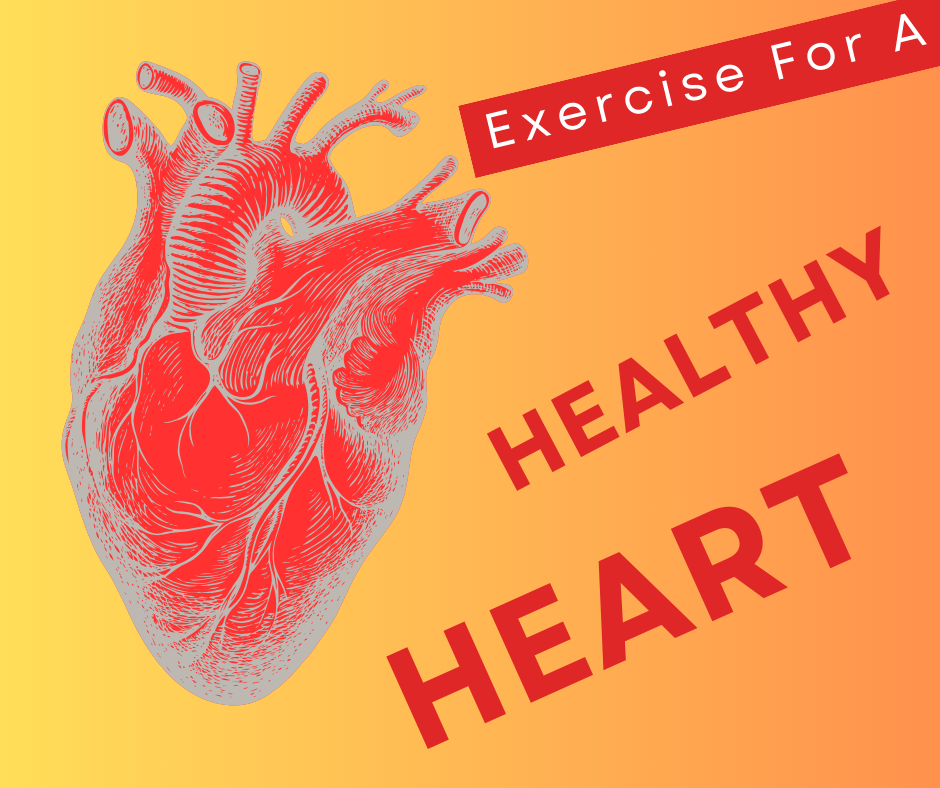Table of Contents
Your heart is a part of your body that grows stronger and healthier as you live. It is never too late to begin working out, and you do not have to be a professional athlete to do so. Even 30 minutes of brisk walking each day will make a significant difference.
It will pay off once you get started. Individuals who don’t get enough exercise are nearly twice as likely as those who do to develop heart disease in their early years.
Regular exercise can help you with the following:
Consume calories
Reduce your blood pressure.
Reduce “bad” LDL cholesterol
Increase your HDL “good” cholesterol.
Are you ready to begin?
How to Begin Exercising for Health Heart
First, consider what you want to do based on how fit you are.
What sounds excellent? Do you prefer working out on your own terms, alongside a trainer, on your own, or with a group? Do you think it’s better to work out at home or in a gym?
There is no problem if you want to tackle something more difficult than what you can do right now. You can establish a goal and work your way up to it.
For example, if you wish to run, you could begin by walking and gradually incorporate bursts of running into your daily routine. Begin running for longer periods of time than you walk.
Exercise Types
Your fitness program should include the following components:
Running, jogging, and riding are types of aerobic exercise. You’re running quickly enough to increase your heart rate, which makes you breathe more, but you are still supposed to be able to talk with someone during the run. Otherwise, you’re pushing yourself too hard. Choose a low-impact form of exercise, such as swimming or walking, if you have joint problems.
Stretching: Doing this a few times each week will help you become more flexible. After you have loosened up or are done exercising, stretch. Gently stretch it shouldn’t hurt.
Strengthening exercises. You can do this with weights, resistance bands, or your own body weight (yoga, for example). Do it twice a week. Allow your muscles to rest for a day in between sessions.
How Much and How Often Should You Exercise?
Aim for a minimum of 150 minutes of cardio each week (such as brisk walking). That equates to approximately 30 minutes every day, or at least 5 days per week, is suggested. If you’re having trouble getting started, you might need to work your way up to it.
You can gradually increase the duration and difficulty of your workouts. Do it gradually so your body has time to adjust.
Maintain a slow speed for a few moments towards the start and end of your workout. This manner, you can both warm up and cool down at the same time.
You are not required to do the same thing every time. things’s more enjoyable if you mix things up.
Precautions should be taken
You should be able to exercise without difficulty if your doctor says so, and you should pay attention to how you feel physically when working out.
Stop and seek emergency medical attention if you have discomfort or pressure in the back of the chest or upper body, or if you break out in a cold sweat, have a hard time breathing, have a high or irregular heart rate, or experience dizziness, lightheadedness, or are extremely tired.
When you’re new to exercising, it’s typical for your tendons and muscles to be sore for a few days or even weeks. That fades when your body becomes used to it. You might be shocked to discover that you enjoy how you feel when you’re exercising.
Stay health Stay tuned with a healthy heart.

